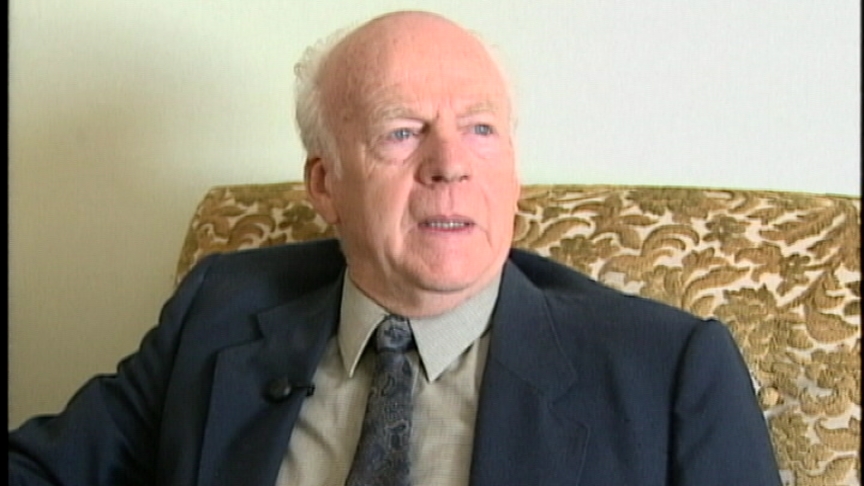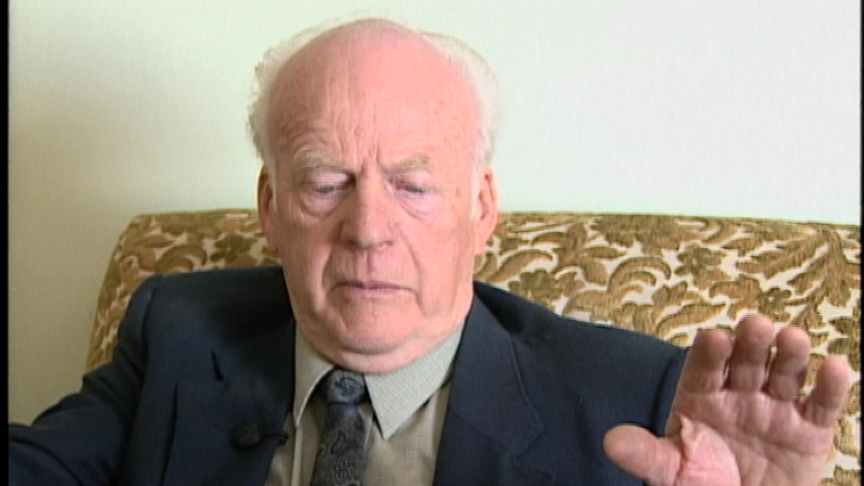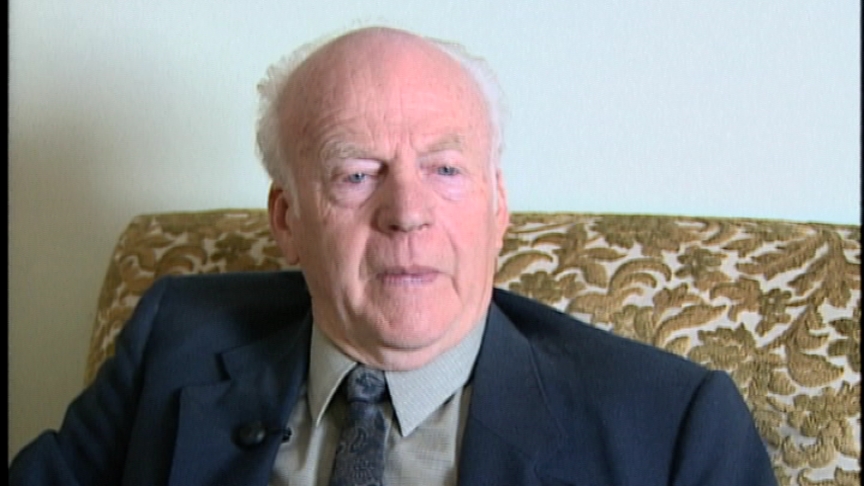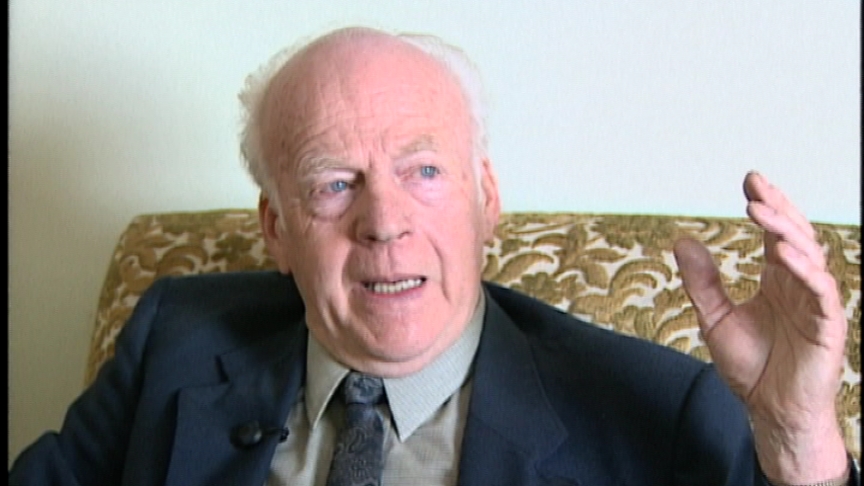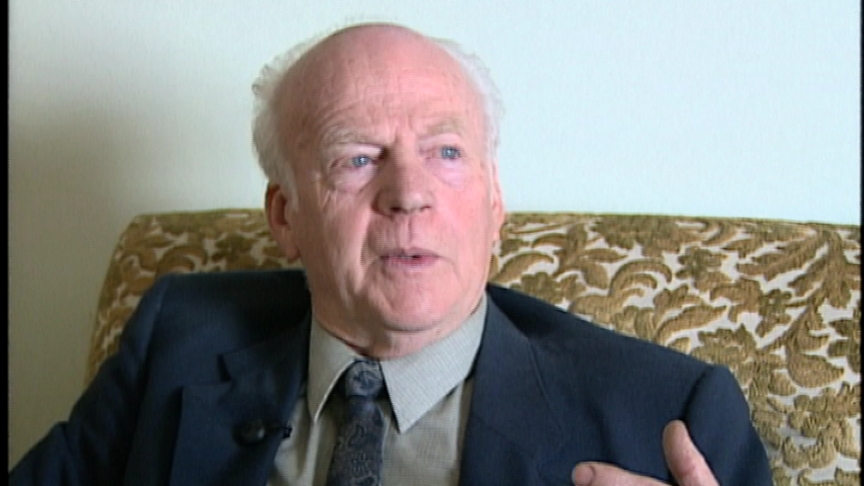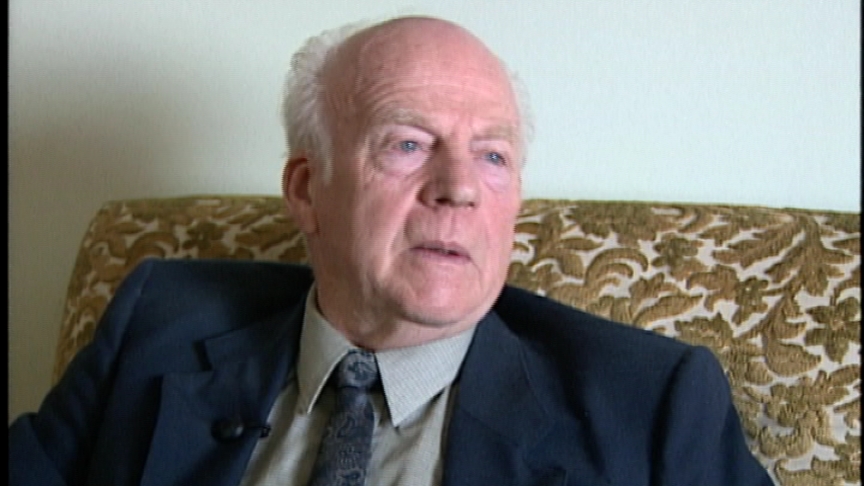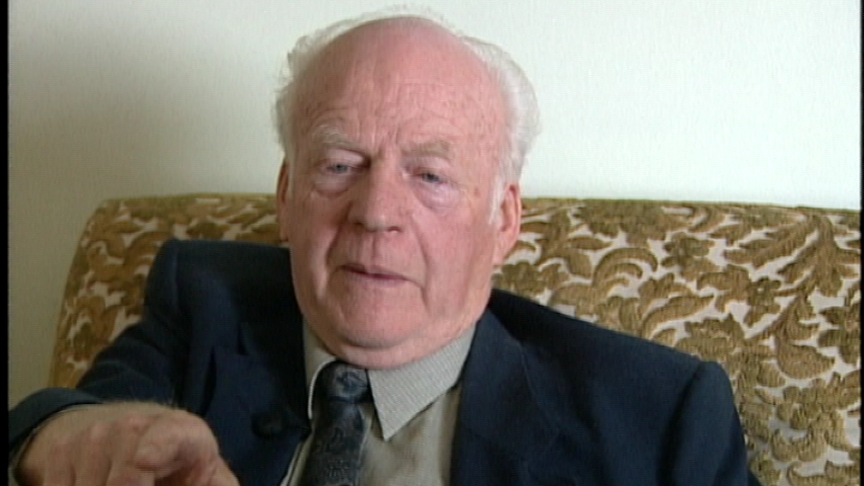A Change of Location
Heroes Remember
A Change of Location
Transcript
Description
Back in Tunisia, the crews of the landing crafts wait for their next assignment. Mr. McLean is anxious to be doing something constructive and offers his services elsewhere.
George Henry Foster McLean
Mr. McLean's father came to Canada from Scotland. He was a cooper by trade and was a member of the Royal Navy during the First World War. Mr. McLean was born in Prince Albert, Saskatchewan and has two brothers and two sisters. He was second born, with one older sister born in Scotland. He received his education in the Vancouver school system. He enlisted in the Royal Canadian Navy just after his 16th birthday. He then spent five months in militia training before receiving a call-up to active service effective in May, 1942. Mr. McLean served in North Africa, Malta, Italy and was part of the D-Day raid at Omaha Beach.
Meta Data
- Medium:
- Video
- Owner:
- Veterans Affairs Canada
- Duration:
- 03:00
- Person Interviewed:
- George Henry Foster McLean
- War, Conflict or Mission:
- Second World War
- Location/Theatre:
- North Africa
- Branch:
- Navy
- Rank:
- Leading Hand
Related Videos
- Date modified:



